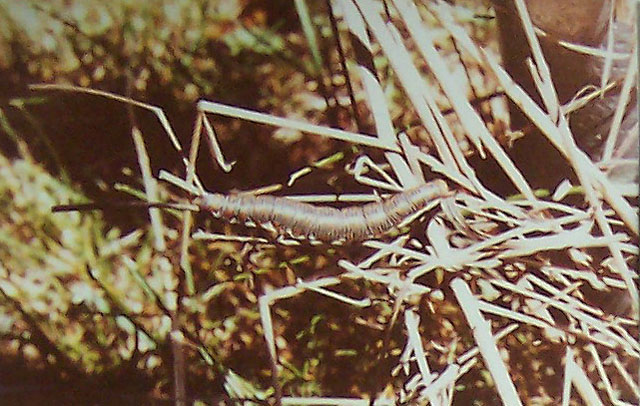Catocala illecta
Catocala illecta
kah-TOCK-uh-lahMil-LECK-tuh
Walker, [1858]

Catocala illecta, Liberty, Texas,
May 14, 2015, courtesy of Marcus Stuart.
This site has been created by
Bill Oehlke.
Comments, suggestions and/or additional information are welcomed by Bill.
| TAXONOMY:
Superfamily: Noctuoidea
Family: Noctuidae
Group: Noctuinina
Subfamily: Catocalinae
Genus: Catocala, Schrank, 1802
|
DISTRIBUTION:
It has also been reported in
Arkansas,
Georgia,
Iowa,
Kentucky,
Louisiana,
Mississippi,
Missouri,
North Carolina,
Ohio,
Oklahoma and
Pennsylvania.

Catocala illecta
courtesy of James K. Adams.

Catocala illecta, whitley County, Indiana,
June 30, 2018, courtesy of Tim Loeffler.

Catocala illecta verso, whitley County, Indiana,
June 30, 2018, courtesy of Tim Loeffler.
The forewing pattern and colouration is much like that of concumbens, pale grey with faint black lines.
Hindwings are light yellow to orange and the irregular inner black band terminates well before the inner margin. The common name comes from a synonym for
illecta, Catocala magdalena.
Catocala illecta Canadian Biodiversity Information Facility
|
 |
FLIGHT TIMES AND PREFERRED FOOD PLANTS:
Catocala illecta are usually on the wing from May to July.
The Catocala illecta caterpillar shows a preference for honey locust and lead plant.

Catocala illecta Woodlawn, Montgomery County, Tennessee,
taken at light, June 20, 2008, courtesy of Tom Payne.
Visit Tom Payne, Tennessee Catocala Collection.
ECLOSION:
Adults eclose from pupae at soil surface.
SCENTING AND MATING:
Catocala illecta females emit an airbourne pheromone and males use their antennae to track the scent plume.
EGGS, CATERPILLARS, COCOONS AND PUPAE:
Eggs are deposited on tree bark in the fall and hatch the following spring.Larvae often feed at night and ascend and descend tree
trunks in the morning and evening, respectively, to hide among leaf litter and weeds at the base of the tree. Larva to the right was feeding
on honey locust, Kalamazoo, Michigan, courtesy of Harry King. |  |

Catocala illecta fifth instar, Kalamazoo, Michigan, courtesy of Harry King.
Read fascintaing account: Collecting Catocala illecta Larvae Kalamazoo, Michigan, Harry King
Larval Food Plants
Listed below are primary food plant(s) and alternate food plants. It is hoped that this alphabetical listing followed by the common
name of the foodplant will prove useful. The list is not exhaustive, although some species seem very host specific.
Experimenting with closely related foodplants is worthwhile.
Amorpha canescens
Gleditsia triacanthos.......
Robinia pseudoacacia
|
Lead plant
Honey locust
Black locust/False acacia
|
This page is brought to you by Bill Oehlke and the
WLSS. Pages are on space rented from Bizland. If you would like to become a "Patron of the Sphingidae/Catocala Sites",
contact Bill.
Please send sightings/images to Bill. I will do my best to respond to requests for identification help.
Enjoy one of nature's wonderments: Live Saturniidae (Giant Silkmoth) cocoons.

|

To show appreciation for this site, click on the flashing
butterfly to the left, a link
to many worldwide insect sites. |
Return to Canadian Index
Return to Main Index









